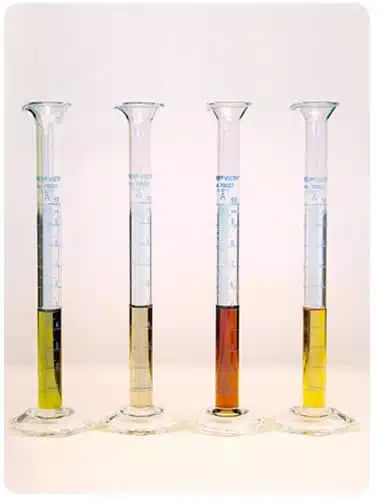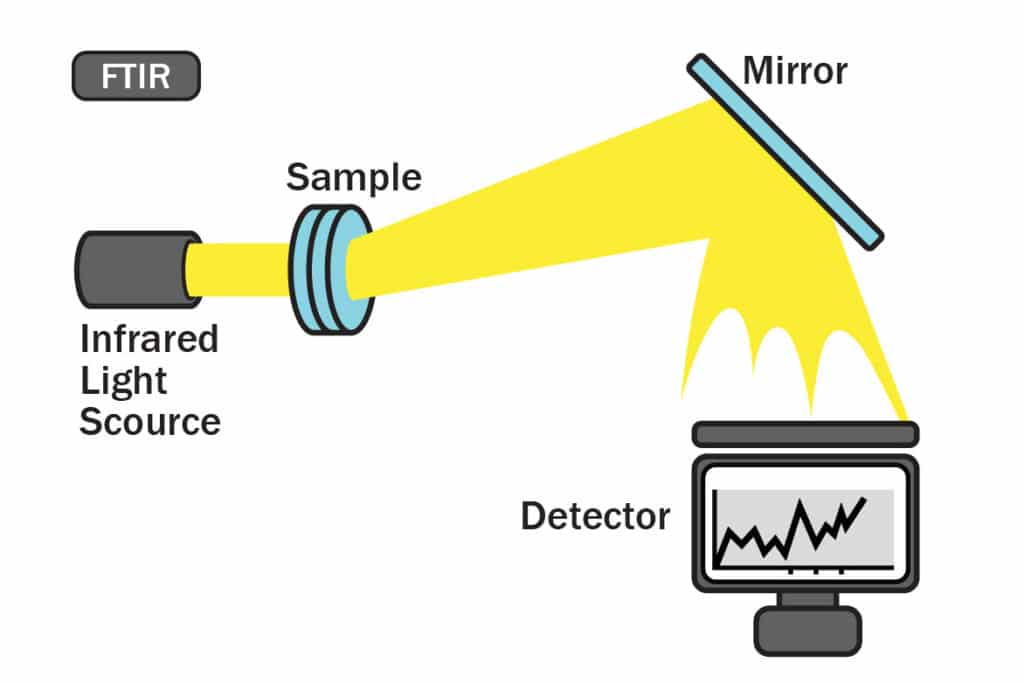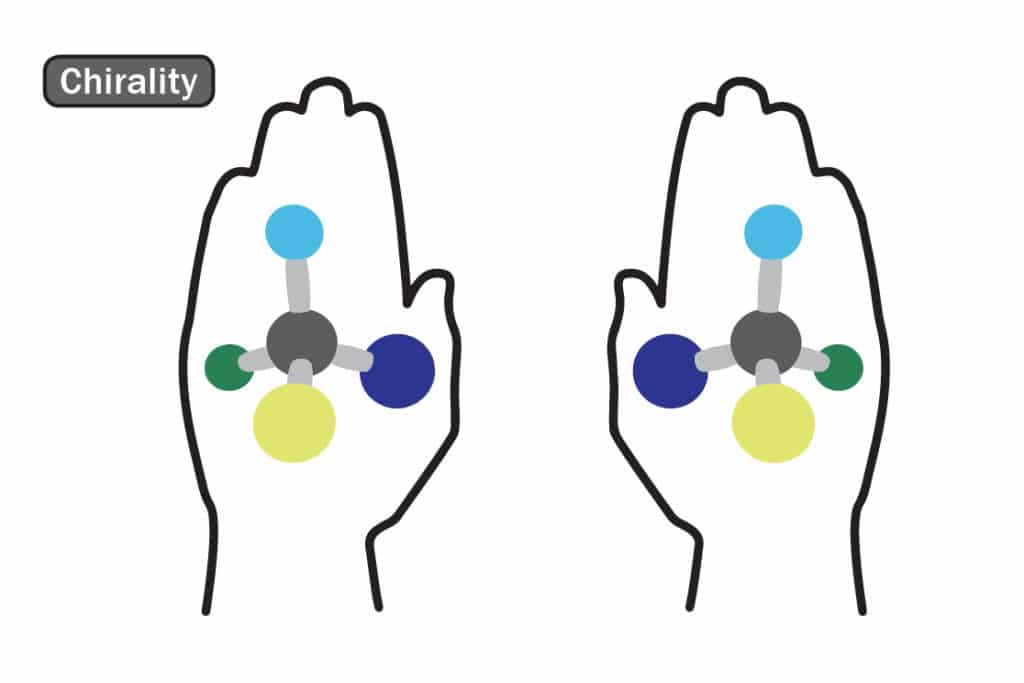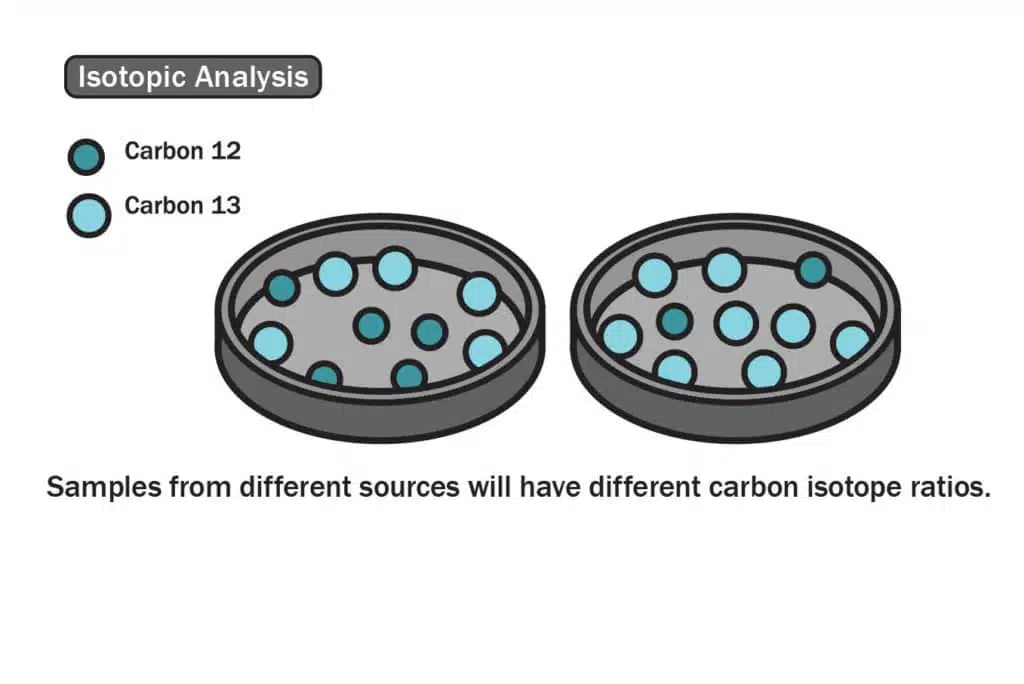Pure Essential Oils CPTG
doTERRA manufactures pure essential oils thanks to CPTG quality testing
CPTG quality inspection
The purity of an oil is its most important characteristic. If an oil is not pure, there is a risk of exposure to bacteria, heavy metals or adulterated material. This can lead to irritation, adverse effects, or even illness. Since there is no recognized purity standard for essential oils, doTERRA has created its own test procedure: CPTG Certified Pure Therapeutic Grade® (Guaranteed Pure Therapeutic Quality) .
The CPTG process ensures that there are no fillers, synthetic substances or dangerous impurities in the essential oil that would reduce its effectiveness . doTERRA even goes one step further and subjects all products and packaging to a series of tests to ensure that they have a long shelf life and can be stored. This process ensures the effectiveness, purity and consistent quality of each batch. The right harvesting and distillation methods are also essential for the purity of an oil. Poor production methods and the development of synthetic varieties of essential oils suggest that scientific analysis methods are required to identify pure oil.

Before the CPTG process begins
The precise analysis of the ingredients of an essential oil is one of the largest and most complex challenges in quality assurance. If one wants to produce oil of the highest quality, one must first know which plant of the many different types has the greatest therapeutic benefit. The plant material is carefully selected with the expertise of botanists, chemists and aromatherapists due to its natural concentration of active aromatic compounds.
In order for an optimally pure and effective oil to be obtained, the plants must be looked after, carefully harvested and transported in the best possible environment. The cultivators and farmers of the worldwide doTERRA network are experts in the field of plant cultivation for the extraction of essential oils.
The CPTG process
The CPTG test procedure starts immediately after the distillation. Every oil is immediately examined for its chemical composition. A second test is carried out at our production facility to ensure that the oil received is the same oil that has already been tested on site. In a 3-phase process, the oil is then examined a third time after it has been filled into bottles for the end user. Each of these tests ensures that the essential oil is free of contaminants and has not been altered.
In order to obtain the CPTG® seal, the following tests are carried out:
- Organoleptic tests
- Microbial tests
- Gas chromatography
- Mass spectrometry
- Fourier Transform Infrared Spectroscopy (FTIR)
- Chirality check
- Isotopic analysis
- Heavy metal tests
In the past, gas chromatography was sufficient to determine the individual components of an essential oil. However, as more sophisticated methods of making synthetic essential oils emerged, new testing methods were needed. Over time, other methods such as mass spectrometry, chirality testing, FTIR scanning, carbon isotope analysis and other methods have been developed to further identify the constituents of an essential oil.
Organoleptic tests
Organoleptic tests include the use of the human senses: appearance, smell, taste and touch are assessed. For an experienced distiller, the senses are the first way to get clues about the quality of the essential oil. If it smells unusual, is not uniform in consistency, or is unusual in color, the distiller will immediately know that something is wrong with the product. This is usually the first test an oil has to go through.
Microbial tests
Microbial tests are done to test a batch of essential oil for naturally occurring dangerous microorganisms such as fungi, bacteria, viruses and mold. The procedure involves placing a sample on sterile growth media in a sealed container. The sample is then incubated for a certain period of time and checked for microbial growth. This test is carried out first when the oil arrives at the production center and a second time after the products have been filled to ensure that the product has not been contaminated during filling.

Gas chromatography and mass spectrometry analysis (GC / MS)
In gas chromatography, essential oil is evaporated through a long tube to break the oil into its individual components. Each component rises through the tube at different rates due to its molecular mass and its chemical properties and is measured as it exits the tube. This test method allows quality control analysts to determine which compounds are in a sample.
Mass spectrometry is used in conjunction with gas chromatography to determine the composition of an essential oil even more precisely. In mass spectrometry, the components that were initially separated by the GC are ionized and sent through a series of magnetic fields. The amount of each constituent can be determined based on the molecular weight and formal charge. In this way, more information about the effectiveness of the essential oil can be gathered.

Fourier transform infrared spectroscopy
Fourier Transform Infrared Spectroscopy (FTIR) is performed to ensure the effectiveness and consistent quality of each batch. The test method determines the structural components of the essential oil compounds. In an FTIR scan, infrared light is sent through an oil sample at different frequencies and the amount of light absorbed is measured. The quality of the sample is determined by comparing the results of the FTIR with entries from a database of absorption results from samples of high quality.

Chirality check
The term chirality, derived from the Greek word for “hand”, is used to describe the spatial arrangement of atoms in a molecule. Just like two hands, chiral molecules exist in two forms that can be distinguished like the left hand from the right hand. They are reflected like a left and a right hand. If you put them on top of each other, they are always different, no matter how you turn them. In the case of molecules, each “hand” has different chemical properties that influence its physiological interactions in the body. In nature, one hand is always predominant. In the laboratory, however, the ratio of the left and right molecules is always 50/50 due to the structural similarities. The ratio between left and right molecules can be determined in a special gas chromatography. Even if it is not carried out for every batch, this test serves to ensure that there are no synthetic elements in the oil.

Isotopic analysis
Matter is made up of tiny chemical building blocks called elements. Although there are dozens of elements, each one is different because of the protons they contain. Sometimes an element can have different properties if the number of neutrons it contains varies. One then speaks of isotopes. The element carbon exists in two stable isotopes 12C (6 protons and 6 neutrons) and 13C (6 protons and 7 neutrons). Since essential oils are organic compounds, they are usually composed of carbon atoms and have a certain ratio of 12C and 13C isotopes. However, the ratio varies depending on the location.
A special form of mass spectrometry makes it possible to determine which isotopes are present in which quantities in an essential oil. In the case of essential oils from the same location, the isotope ratio of each component should match. If a particular component has a deviating isotopic profile, this shows the quality control analyst that the oil has been changed.
Heavy metal tests
Heavy metal tests show how high the proportion of heavy metals is in the essential oil. If essential oil is distilled properly, it should not contain heavy metals. ICP-MS (inductively coupled plasma mass spectrometry) tests use a high-energy medium called inductively coupled plasma to ionize the sample. The sample goes through a mass spectrometry, which divides the examined material into its basic components, so that it can be determined which elements are contained in which proportions.
